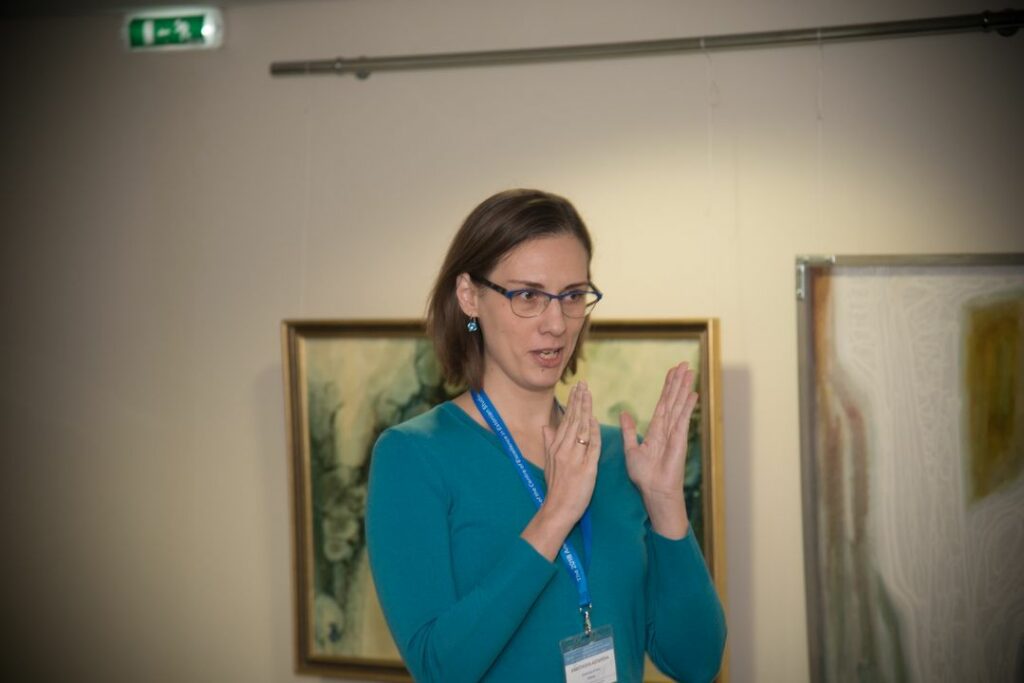Anastasiya Astapova is a research fellow at the Department of Estonian and Comparative Folklore, a board member of the Estonian Young Academy of Sciences, and a senior member of the Estonian Research Council project “Performative Negotiations of Belonging in Contemporary Estonia.”
Is it possible to learn the most difficult language in the world? This was a question I asked myself eight years ago when moving to Estonia and later taking a variety of Estonian language courses and engaging in informal language acquisition. I experienced the unwitting participant observation of how Estonian integration and language policies work on the ground, which later turned into deliberate fieldwork. Now, I want to give voice to new and earlier migrants’ own experiences of language acquisition, and the reasons for their problems and success in learning Estonian.

One of the factors I have observed is how the brand of Estonian as “the most difficult language in the world” (a notion any linguist will tell you does not exist) is constructed: learners encounter persistent narratives about 14 infamous cases, about someone’s unique acquaintance who learned Estonian, or about the incomprehensible Estonian pronunciation supported by tongue twisters (a genre which exists in most languages and even challenges native speakers). I observed how mythologizing and demonizing the Estonian language supported demotivates students, especially in the medium stages of learning.
The good news is that if reflecting on such problems when learning Estonian, there are plenty of possibilities to master it. One of my research directions is civil society initiatives, such as language and culture clubs. For several years, I have observed a Tallinn language café called Keelegrupp that is organized by an enthusiast, which brings together Russian- and Estonian-speakers who want to learn Estonian or Russian correspondingly. This case study is an excellent example of how these free informal initiatives may lead to integration beyond mere language learning. Not only have many Estonian- and Russian- speaking participants have started to speak the new language from scratch: many Russians and Estonians engaged in mutual friendship for the first time. It is not only that Estonian language is possible to learn: many supposed segregation problems are not so difficult to solve.
 Back
Back


